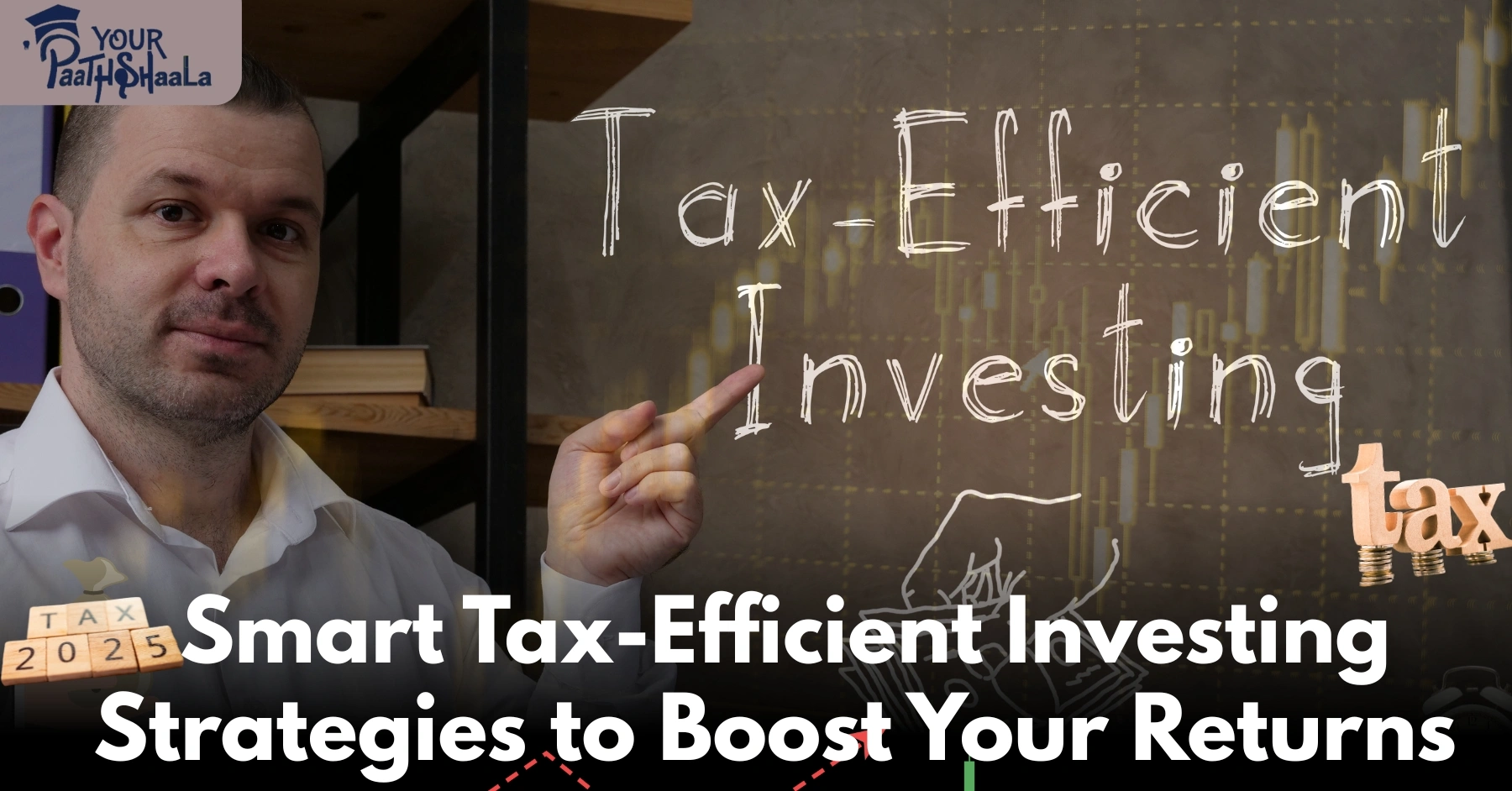In the world of investing, portfolio management is a key concept that every investor should understand. Whether you are a beginner or an experienced investor, managing your investments wisely can make a significant difference in your financial journey. Portfolio management is the practice of selecting, overseeing, and balancing a mix of assets to achieve your financial goals while minimizing risks. It is not just about picking the right stocks or bonds; it is about creating a well-diversified portfolio that can withstand market ups and downs and deliver optimal returns over time1210.
This comprehensive guide will explain what portfolio management is, why it matters, the main types and strategies, and how you can apply its principles to your own investments. The goal is to make the topic easy to understand, practical, and SEO-friendly, while keeping the use of the keyphrase within best practices.
What is Portfolio Management?
Portfolio management is the art and science of making decisions about investment mix and policy, matching investments to objectives, and balancing risk against performance1210. It involves selecting a variety of assets-such as stocks, bonds, real estate, commodities, and cash equivalents-and managing them as a single investment portfolio. The aim is to maximize returns while keeping risks in check, based on your financial goals and risk tolerance.
At its core, portfolio management is about diversification and discipline. Instead of putting all your money into one asset or sector, you spread your investments across different asset classes and industries. This approach helps reduce the impact of any single investment’s poor performance on your overall wealth156.
Why is Portfolio Management Important?
Portfolio management is essential for several reasons:
Risk Reduction: By diversifying your investments, you lower the risk of losing money if one asset or sector performs poorly15.
Optimized Returns: A balanced portfolio is designed to capture growth opportunities while protecting your capital during downturns10.
Goal Alignment: Portfolio management ensures your investments are aligned with your financial goals, whether it’s saving for retirement, a house, or your child’s education10.
Discipline: It encourages regular review and rebalancing, helping you stay on track with your investment plan14.
Key Elements of Portfolio Management
1. Asset Allocation
Asset allocation is the process of deciding how to divide your portfolio among different asset classes, such as stocks, bonds, cash, real estate, and alternatives like gold or commodities156. The right mix depends on your risk tolerance, investment horizon, and financial objectives.
For example, a young investor saving for retirement might have a higher allocation to stocks for growth, while someone nearing retirement may prefer more bonds for stability.
2. Diversification
Diversification means spreading your investments across various assets, sectors, and even geographies159. This reduces the impact of any single investment’s volatility on your portfolio. A diversified portfolio might include large-cap and small-cap stocks, government and corporate bonds, international funds, and alternative assets like gold or real estate.
3. Rebalancing
Over time, market movements can change the weightings of your assets. Rebalancing involves adjusting your portfolio back to its original asset allocation to maintain your desired risk level15. For example, if stocks have performed well and now make up a larger portion of your portfolio, you might sell some stocks and buy bonds to restore balance.
4. Risk Management
Portfolio management involves assessing and managing risks, both at the individual asset level and across the entire portfolio7. This includes understanding market risks, credit risks, liquidity risks, and more. Setting stop-loss orders, diversifying, and regular monitoring are all part of effective risk management.
Types of Portfolio Management
Portfolio management can be broadly classified into two main types:
1. Active Portfolio Management
Active management involves regularly buying and selling assets to outperform the market or a specific benchmark10. Active managers use research, forecasts, and their own judgment to make investment decisions. The goal is to take advantage of short-term price movements and market inefficiencies.
2. Passive Portfolio Management
Passive management, on the other hand, aims to replicate the performance of a specific market index, such as the Nifty 50 or S&P 50010. Passive managers invest in the same securities as the index and make few changes over time. This approach typically has lower fees and is based on the idea that markets are efficient over the long term.
Steps in the Portfolio Management Process
1. Setting Investment Objectives
The first step is to define your financial goals, time horizon, and risk tolerance10. Are you investing for retirement, a major purchase, or wealth accumulation? Your objectives will shape your portfolio strategy.
2. Asset Selection
Based on your goals and risk profile, choose a mix of assets to include in your portfolio. This could be a combination of equities, bonds, real estate, gold, and more68. Each asset class has its own risk and return characteristics.
3. Portfolio Strategy Formulation
Decide whether you want an active or passive approach, and develop a strategy for asset allocation, diversification, and risk management8. This may involve fundamental and technical analysis, market research, and regular reviews.
4. Security Analysis
Analyze individual securities to determine their value and suitability for your portfolio8. This might include studying company financials, industry trends, and market conditions.
5. Execution
Buy and sell assets according to your plan, keeping costs and timing in mind8. Execution should be disciplined and aligned with your strategy.
6. Monitoring and Rebalancing
Regularly review your portfolio’s performance and make adjustments as needed to stay aligned with your goals and risk tolerance15. Rebalancing helps capture gains and maintain discipline.
Components of a Well-Balanced Portfolio
A diversified portfolio typically includes:
Equities (Stocks): For growth and capital appreciation, but with higher risk69.
Fixed Income (Bonds): For stability and regular income, with lower risk69.
Cash and Equivalents: For liquidity and safety, but with minimal returns6.
Real Estate: For diversification and potential inflation protection6.
Gold and Commodities: As a hedge against inflation and market volatility6.
Alternative Investments: Such as private equity, hedge funds, or cryptocurrencies for additional diversification16.
Portfolio Management Strategies
1. Growth Strategy
Focuses on assets with high potential for capital appreciation, such as equities and growth funds. This strategy is suitable for investors with a higher risk tolerance and a long-term horizon.
2. Income Strategy
Prioritizes assets that generate regular income, like bonds, dividend-paying stocks, and real estate investment trusts (REITs). Ideal for those seeking steady cash flow.
3. Balanced Strategy
Combines growth and income assets to achieve a balance between risk and return. This approach is popular among investors who want moderate growth with some income stability.
4. Aggressive vs. Conservative
Aggressive portfolios have a higher allocation to equities and alternatives, while conservative portfolios focus more on bonds and cash equivalents1.
The Role of Professional Portfolio Managers
While many investors manage their own portfolios, others seek the expertise of professional portfolio managers or financial advisors. These professionals use advanced tools and research to build and manage portfolios tailored to clients’ needs210. They can help with asset selection, risk assessment, tax planning, and ongoing monitoring.
Portfolio Management for Organizations
Portfolio management is not just for individuals. Organizations use it to oversee projects, programs, and investments to ensure alignment with strategic goals and optimal use of resources37. This involves prioritizing initiatives, allocating resources, and managing risks at a higher level.
Portfolio Risks and How to Manage Them
Every portfolio faces risks, including:
Market Risk: The risk of losses due to market fluctuations.
Credit Risk: The risk that a bond issuer may default.
Liquidity Risk: The risk of not being able to sell an asset quickly.
Concentration Risk: The risk of being too heavily invested in one asset or sector.
Effective portfolio management uses diversification, asset allocation, and regular rebalancing to manage these risks178.
Technology and Portfolio Management
Modern portfolio management leverages technology for better decision-making. Robo-advisors, online platforms, and portfolio management software help automate asset allocation, track performance, and suggest rebalancing, making it easier for investors to manage their portfolios efficiently.
Conclusion
Portfolio management is the cornerstone of successful investing. By carefully selecting and balancing a mix of assets, you can optimize returns while minimizing risk. Whether you choose to manage your own portfolio or work with a professional, understanding the principles of portfolio management will help you achieve your financial goals and build long-term wealth.
Remember, the key is to stay disciplined, review your portfolio regularly, and adjust as your goals or market conditions change. With a well-managed portfolio, you can navigate market ups and downs with confidence and peace of mind.








Add a Comment